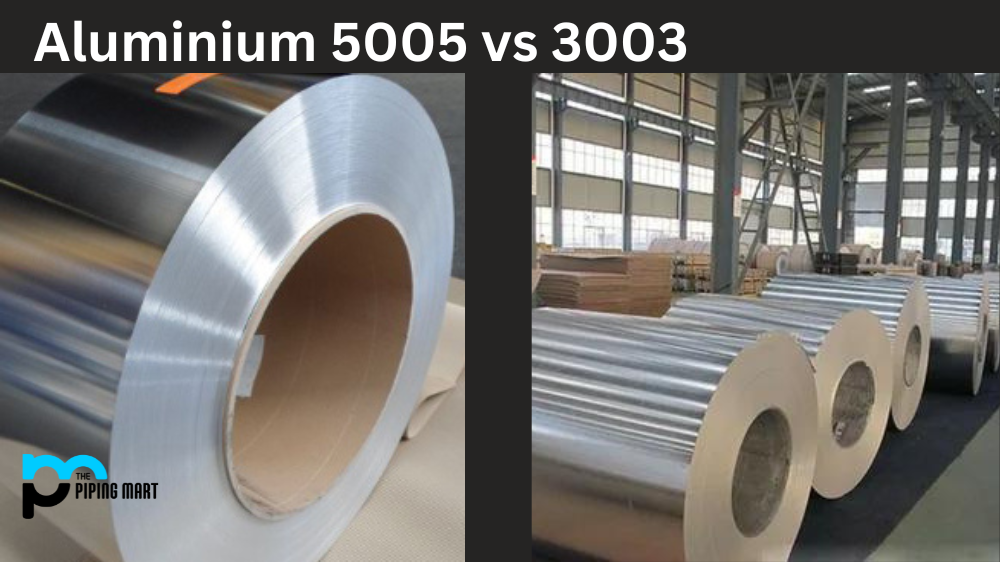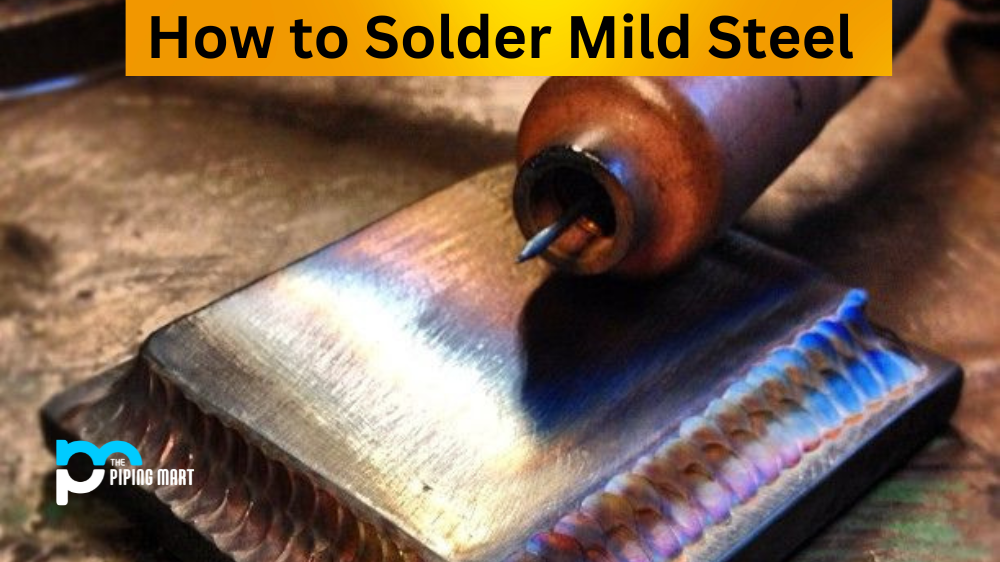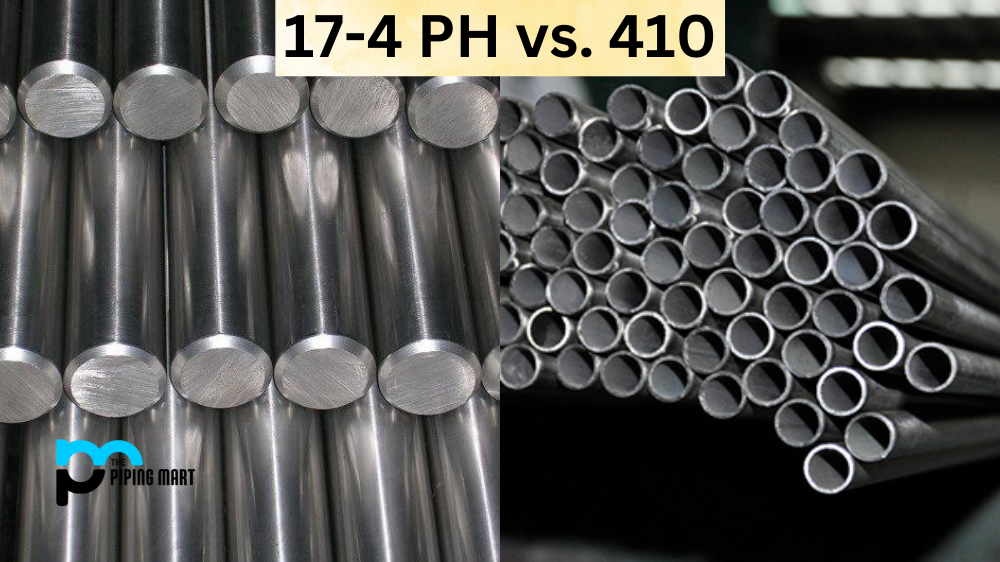Aluminum is a popular metal used in various industries, including automotive, construction, and packaging. Two of the most commonly used aluminium alloys are 5005 and 3003. These alloys have different properties, making them suitable for specific applications. In this blog post, we will delve deep into the properties of these alloys and compare them to help you determine which is best for your project.
What is Aluminum 5005?
Aluminium 5005 is an aluminium alloy containing approximately 0.8% magnesium and trace amounts of manganese. It has excellent corrosion resistance and good formability, making it ideal for various industrial purposes. Aluminium 5005 is a non-heat treatable alloy with excellent corrosion resistance and formability. It is commonly used in applications ranging from road signs, kitchen equipment, and vehicle body panels.
What is Aluminum 3003?
Aluminium 3003 is a medium-strength alloy commonly used in various industries for its excellent corrosion resistance and good formability. It is lightweight and has good weldability, making it an ideal choice for many applications.
Difference Between Aluminum 5005 and 3003
Aluminium 5005 Properties
Aluminium 5005 is a medium-strength alloy with excellent weldability, formability, and corrosion resistance. It is often used in architectural applications, sheet metal works, and signage because of its attractive finish and good workability. This alloy has a high strength-to-weight ratio, which makes it suitable for marine applications where weight is a concern. Moreover, it has good machinability, and its surface is easy to polish or anodize.
Aluminium 3003 Properties
Aluminium 3003 is a non-heat-treatable alloy with excellent corrosion resistance and workability. It has good weldability, formability, and ductility, making it ideal for deep draw forming and spinning. This alloy is commonly used in chemical processing equipment, storage tanks, and cookware. It has a higher strength-to-weight ratio than 1100 or 1060 aluminium alloys.
Comparison of Strength and Durability
While both alloys are corrosion-resistant, Aluminium 5005 is more robust than Aluminium 3003. It has a higher tensile strength, by approximately 17%, making it more durable. On the other hand, Aluminium 3003 is more ductile, meaning it can deform without breaking and is more malleable, making it easier to form into various shapes. Both alloys can withstand harsh environments, but 5005 aluminium has a slight edge in terms of resistance to marine environments.
Comparison of Applications
Aluminium 5005 is often used in sheets, plates, and signage for architectural applications. Its corrosion-resistant properties, strength, and durability make it a popular choice for marine and transportation applications. Aluminium 3003 is used for cooking utensils, chemical processing equipment, and storage tanks due to its excellent corrosion resistance and malleability.
Comparison of Availability and Cost
Aluminium 3003 is more readily available and it is more affordable. It is commonly used in consumer products, which have high-volume production, making it less expensive. In contrast, Aluminium 5005 is less widespread, and its production requires more expensive operations, making it more costly than 3003. However, 5005 aluminium’s durability and strength might make it a more cost-effective solution in the long term.
Conclusion
When deciding between Aluminium 5005 and 3003, it is essential to consider your specific needs and application requirements. Both have different properties that make them suitable for particular applications. Aluminium 5005 is more robust and durable, while Aluminium 3003 is more malleable and less expensive. Determine what you need from the alloy, make the right choice, and get the best value for your money. Aluminium is an efficient, versatile, and durable lightweight material that should be preferred for different industrial applications.

Abhishek is a seasoned blogger and industry expert, sharing his insights and knowledge on various topics. With his research, Abhishek offers valuable insights and tips for professionals and enthusiasts. Follow him for expert advice on the latest trends and developments in the metal industry.




